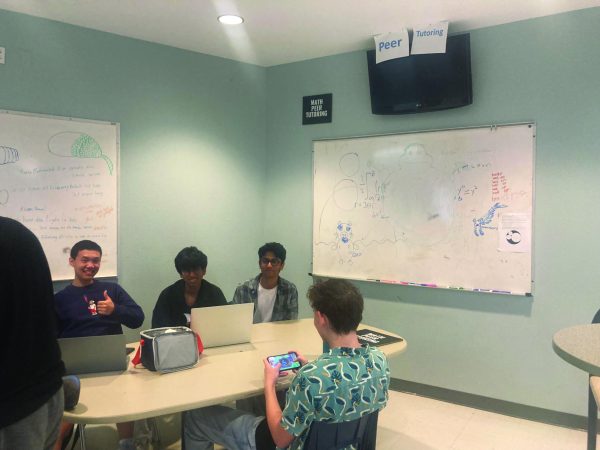University of Texas CAPlications
April 14, 2021
Out of all the LASA seniors who apply to the University of Texas at Austin (UT Austin), only about 30% of them gain admission, according to college counselor Jamie Kocian. Some unaccepted students are given the opportunity to participate in UT’s Coordinated Admission Program (CAP).
Kocian said students can choose to attend one of the UT system’s six participating schools, such as UT El Paso, UT San Antonio and UT Rio Grande Valley, for one year and automatically gain admission to UT Austin for their sophomore year. However, students must earn a GPA of 3.2 and complete 30 semester credit hours at the CAP school they choose. Maintaining these requirements can make the decision to participate in CAP difficult, according to Kocian.
Kocian understands the desire for many students to participate in CAP to get into UT Austin. Kocian said cheaper in-state tuition along with knowledge of the campus encourages students to apply to UT Austin.
“It’s a world-class institution, and it’s right in their backyard so I think our students have always known or felt like they’ve known what the UT experience is,” Kocian said. “They grew up in Austin, so there’s already that affinity and an association.”
LASA’s policy to not rank students’ GPAs outside of the top 10% helps students who are interested in the CAP program. Instead of being constrained to only a few schools, students can choose between all six participating schools, according to Kocian.
“Prior to this year, the test scores were the cutoff for the different CAP programs that a student could be eligible for like UTSA, UT Arlington, but this year because UT went test-optional now it’s based on quarter of class,” Kocian said. “Since we don’t rank outside the top 10%, they allow an option if you’re a non-ranking school like LASA is or non-rank-reporting school, then our students have all the CAP options.”
Senior Leena Jere said she was glad for the ability to apply to all six schools in order to have a greater chance in finding a university with a radio-television-film program, one of Jere’s interests. Jere is considering UT San Antonio for her freshman year.
“It’s the only school that has a radio-television-film credit that even transfers to UT [Austin], so at the very least I’ll have that,” Jere said. “Even then, I’ll be able to be close to home, so I can still talk to friends who go to UT [Austin] and maybe even help build up a portfolio for myself to try to get into radio-television-film for my sophomore year.”
While Jere is considering going to UT San Antonio, she also said that the CAP requirements only guarantee her admission to the College of Liberal Arts at UT Austin. Jere would then have to participate in radio-television-film as an extracurricular instead of her major, which affects her decision.
“The big negative is that the CAP only guarantees admission to the College of Liberal Arts, which is not where my first choice major is, so if I do CAP, there’s definitely a chance that I’m going to end up studying something that I kind of wanted to study, but it’s not my first choice,” Jere said.
Senior Sofia Syed also has concerns about certain aspects of CAP. Syed said she is particularly worried that transferring after her first year might make her freshman year less enjoyable.
“It just doesn’t get me super excited or anything because you’ll go into your first year thinking, ‘Oh, I’m going to transfer,’” Syed said. “So it may be a little harder to make friends or just make connections in general because you know you’re going to transfer, or at least you’re hoping to.”
While Syed does not like the CAP transfer system, she understands why other students would consider the program. Syed said UT’s participating schools have high-quality faculty and majors, even though the schools are less well-known than UT Austin.
“Even if you’re at that school for a year, it still has a really strong program, and the professors there are very highly ranked,” Syed said. “If you’re worried about rankings, and you’re at a lower ranked school for even a year, some of those programs are definitely very strong, so you can still make use of your time while you’re there.”
Syed and Jere are interested in CAP because the program allows them to be closer to home and ultimately attend a higher ranked school. However, Syed said the requirement to transfer into the College of Liberal Arts made her hesitant about participating in CAP.
“It’s still a good option for some people,” Syed said. “It’s just not my first choice.”










